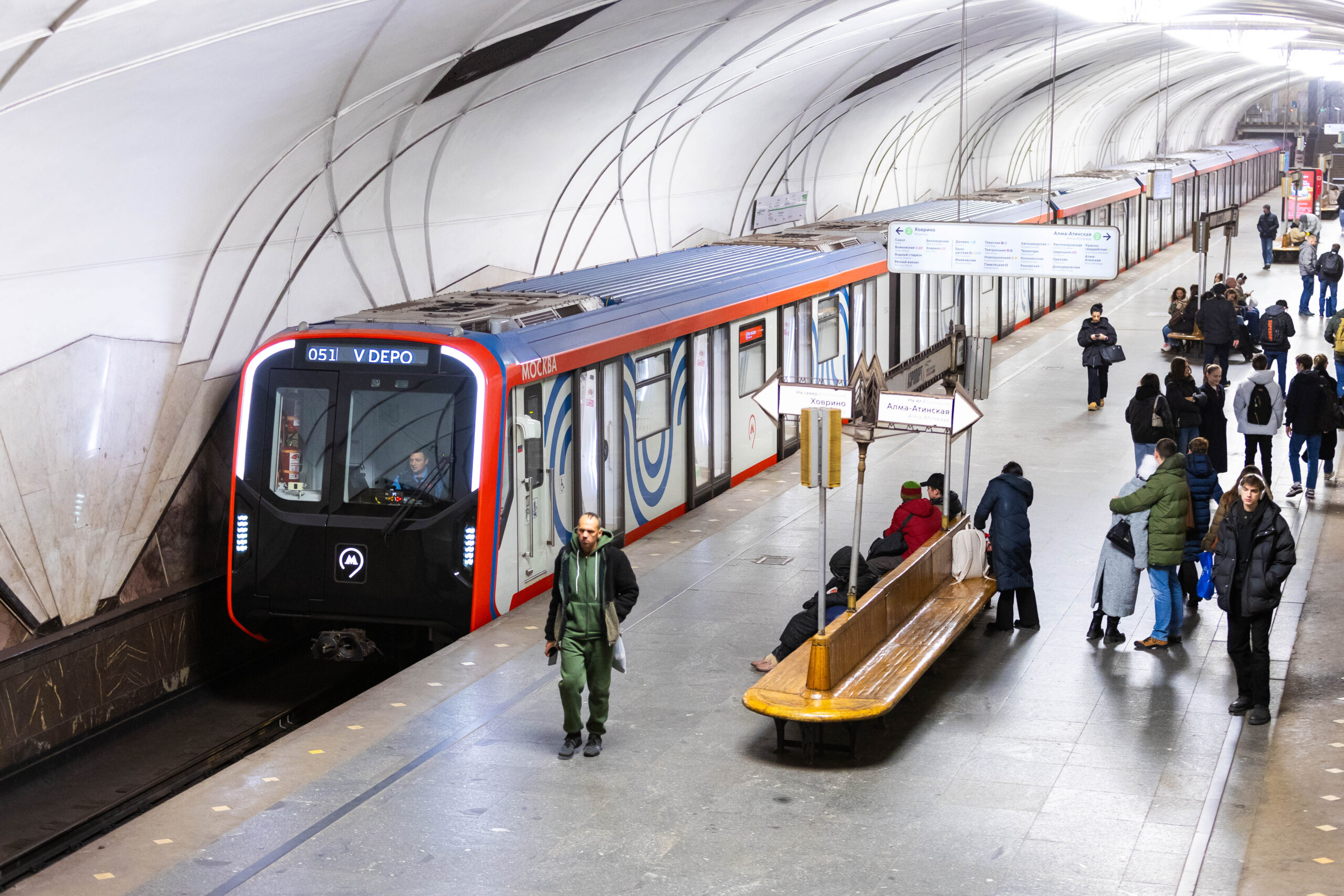Source: Moscow Metro

Moscow has developed one of the largest urban transportation networks in the world, with the city’s rail backbone now ranking among global leaders in both network length and passenger traffic. This achievement has been made possible through several key initiatives:
🔹 Construction of new stations and lines
🔹 Launch of the Moscow Central Circle (MCC) and the Big Circle Line (BCL)
🔹 Introduction of the Moscow Central Diameters (MCD)
🔹 Integration of tram lines into the city’s rail network
In 2010, Moscow Metro consisted of 182 stations. Today, with the addition of the MCC and MCD, the network has expanded to 439 stations. The Moscow tram system also successfully complements the existing metro lines.
In 2011, Moscow Mayor Sergey Sobyanin set the goal of uniting different types of transport into a single infrastructure. Today, the capital’s rail framework includes the metro, MCC, MCD, and the tram network. All modes of transport are integrated in terms of schedules, passenger service standards, and a unified ticketing system, — said Maksim Liksutov.
This unified approach has turned Moscow’s rail network into a seamless and efficient system, making it easier than ever for residents and visitors to navigate the city.